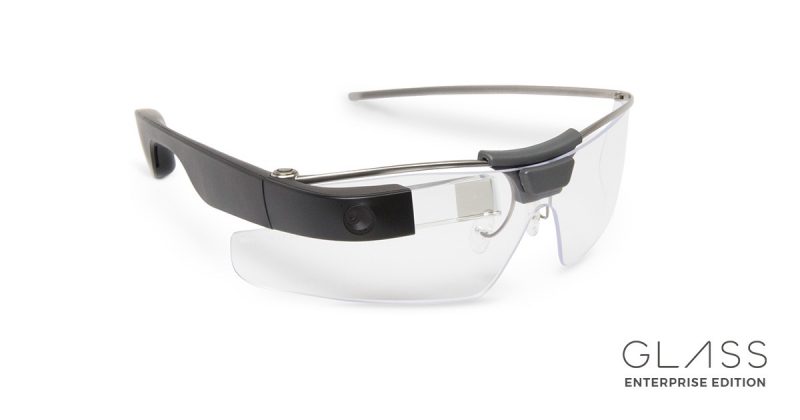Late last month, Google unveiled their ARCore platform for creating augmented reality apps for a few of the existing Android devices.
ARCore “early preview” will let developers create AR experiences that will initially run on only a few Android devices, specifically Google Pixel phones, and certain models of Samsung Galaxy S8.
Without ARCore, the installed base in the foreseeable future for Google Tango would have been dramatically smaller than that of Apple’s ARKit of nearly one billion iOS devices. The Google Tango AR runs only on new, Tango-compatible devices coming out now. Given the early adoption of ARKit by iOS developers, Google was smart to release the ARCore development kit to allow developers to build apps for existing Android phones to take advantage of their large installed user base.

Source: Google
Similar to ARKit, ARCore will use the Android device’s sensors and camera to understand and track its position relative to the real world to detect and identify the location of flat horizontal surfaces. This is then used to “attach” and superimpose AR content in the real world as seen through the phone’s display. ARCore apps go a step beyond this to estimate the average lighting around the AR objects.
[Sources: Google Developers site, Fastcompany]

Google Glass Enterprise Edition
Google AR, beyond enterprise: ARCore, when fully implemented, will expand Google’s AR offerings beyond enterprise solutions, where they have been competing with Microsoft’s HoloLens. ARCore is expected to eventually bring AR to the mass market of Android users.
Google Glass Enterprise Edition has been quietly in use for more than 2 years in more than 50 companies, including GE, Boeing, Volkswagen, and DHL. These companies are reporting dramatic gains in productivity, and measurable improvements in quality through the use of Glass EE. It has been predicted that by 2025, as many as 14 million workers in the U.S. will wear smartglasses.
What it means: The ARCore announcement comes 12 weeks after Apple released their ARKit on June 5. Add to this the fact that ARCore pages currently include hand drawings, not videos of apps developed with ARCore. This indicates to me that Google scrambled to quickly release ARCore as quickly as possible, to play catch up with Apple in the war for developer and investor attention.
This early preview version ARCore only supports a small portion of existing Android devices, therefore it will take time for ARCore apps to be available to the vast majority of Android users. This inherently puts Google behind in the race to bring AR content to their user base.
Google will need to step up their development of ARCore, expand the number of compatible devices, and make it as easy as possible for developers to build apps based on ARCore. This last step has already begun with the availability of SDKs for Android Studio, Unity3D, Unreal and a JavaScript library for the Web
To learn more about Apple and the development of the larger AR marketplace, as well as Greenlight Insights' outlook on the future of the augmented reality technology sector, pre-order the 2017 Augmented Reality Industry Report.


